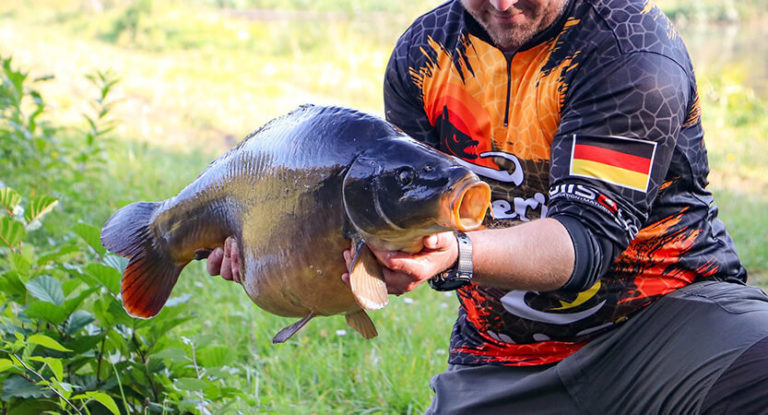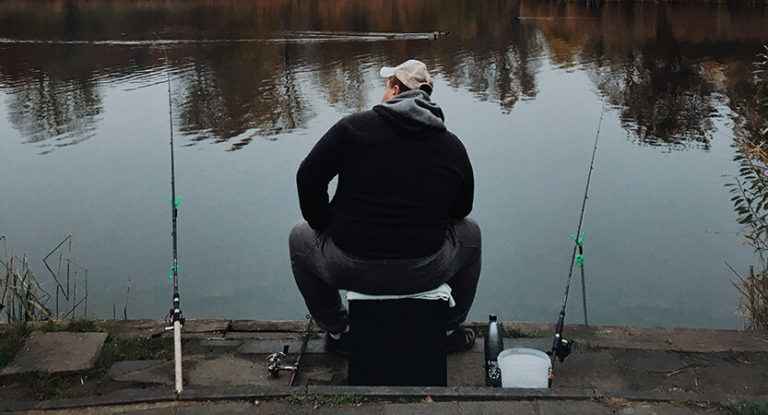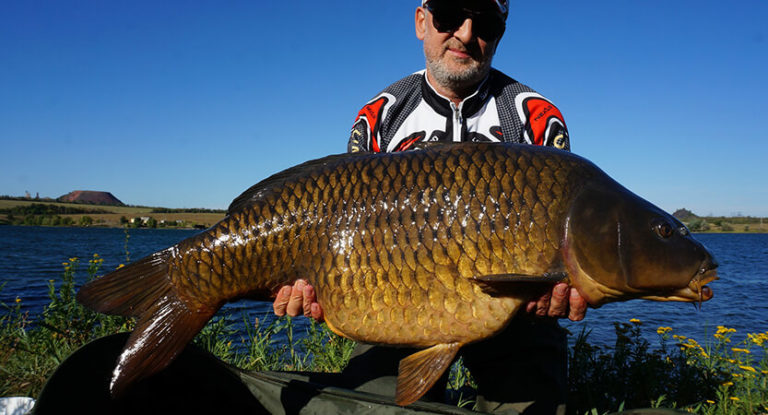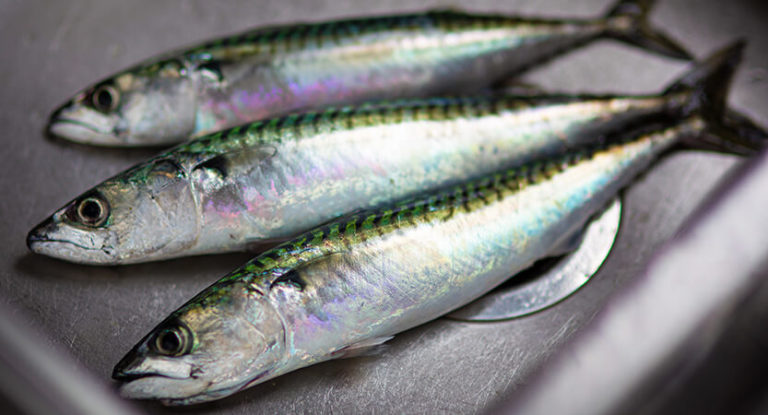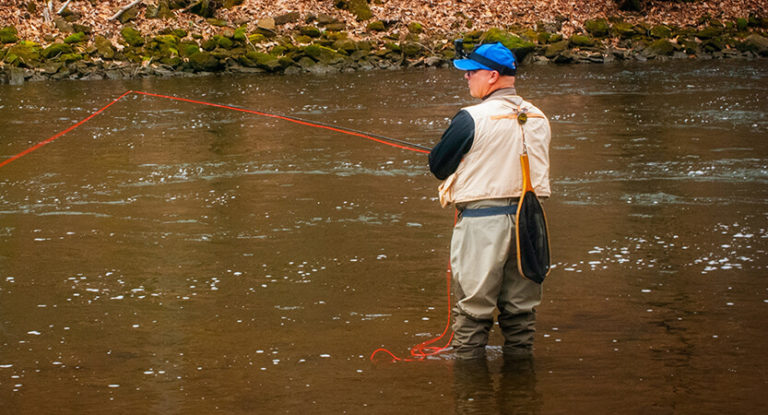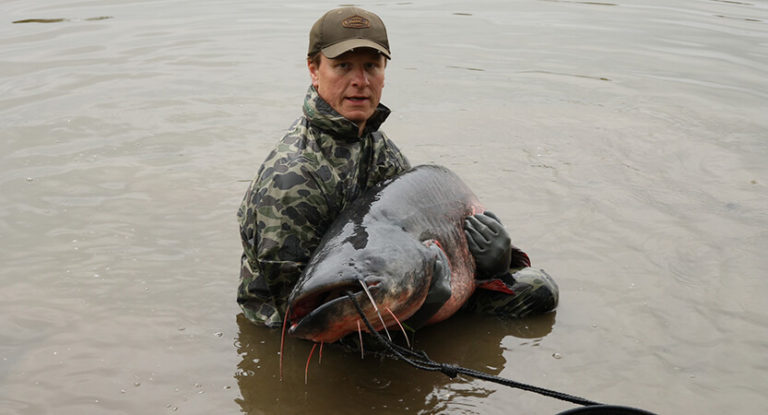Crucian carp is one of the most common inhabitants of our reservoirs. It is not particularly sensitive to changing conditions, surprisingly omnivorous and unpretentious. With some luck and an active bite, even an amateur can train a dozen or two crucians in just a few hours. However, the large crucian carp is careful and smart, otherwise it would not have reached a decent size. He has a habit of hiding in the coastal thickets, from where it is difficult to smoke him. And today we will talk about fishing for crucian carp in the reeds, that is, in the most likely habitat for trophy specimens.
In this publication we will reveal all the secrets of effective crucian carp fishing. We will tell you about when is the best time to go after this fish, how to choose a place to catch it, what baits it prefers. After reading this article, you will surely stop bypassing promising places in overgrown reservoirs and learn how to get truly enviable specimens with minimal risk of losing your rig. Let delicious plump crucians, caught by you directly from the thickets, always crackle in your frying pan!
Here is an overview of the content of this tutorial, feel free to jump to any section you care about:
For more fishing instructions, take a look at these popular Trizily links: Best Spinning Reels, Best Spinning Rods.
- Fly Fishing For Beginners
- Beginners Guide To Feeder Fishing
- Spinning Fishing For Beginners (Complete Guide)
Why is it worth looking for crucian carp in the reeds?
Crucian carp is a cautious and shy fish, which is not surprising with so many natural enemies. And if flocks of juveniles can be seen in the open spaces of the reservoir, mature individuals prefer to lead a secretive lifestyle, preferring safety to freedom. They are most often seen in coastal thickets of sedges, reeds, calamus and other aquatic vegetation. Sometimes during fishing, you can see how the reeds vibrate in absolute calm – this walks through its possessions and the hardened crucian carp feeds.
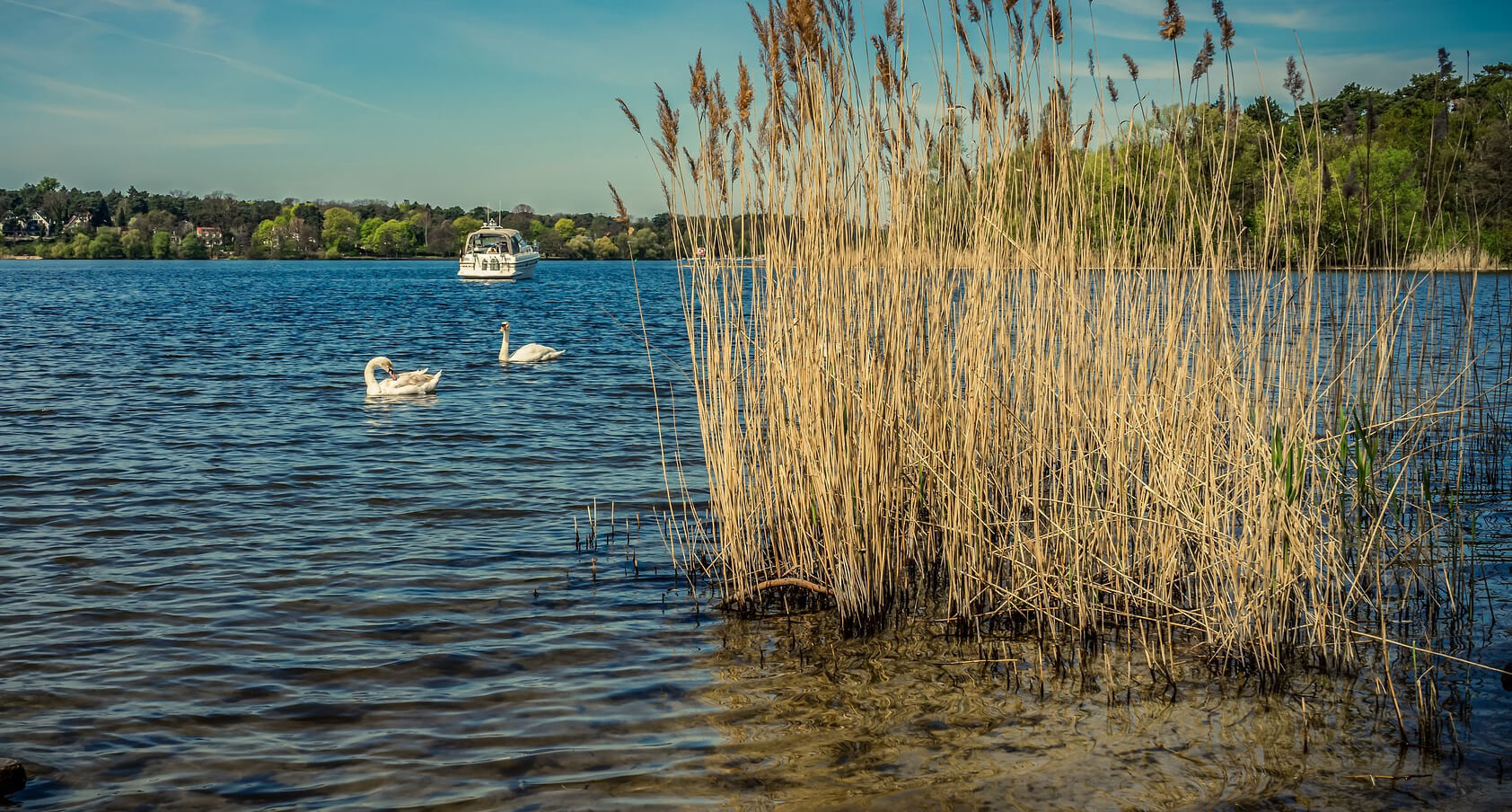
It is reasonable to catch carp in the reeds for the following reasons:
- It is in the thickets that the largest amount of food is concentrated. This representative of the ichthyofauna loves to poke around in the silt, of which there are many in the thickets, looking for worms, mollusks, crustaceans. By the way, he also enjoys young shoots of reeds with great pleasure.
- You can also spawn eggs on the spot. The spawning period of crucian carp sometimes stretches for the whole summer, so the females spawn at their permanent place of residence, at the same time hiding from the predator.
- An ideal microclimate is created in the reeds. In cool weather, the water in the coastal thickets is always warmer than in the vastness of the reservoir. In the heat, on the other hand, the plants provide the desired shade and coolness. Add to this a thick layer of silt and undemanding crucian carp to the amount of oxygen – we get the optimal option for this fish.
Timing for crucian carp fishing
You can start hunting for crucian carp from the earliest spring, but its activity increases gradually, reaching its apogee by the spawning period. Lovers of spring fishing should not forget about the prohibitions: in most bodies of water, active methods of fishing and the use of watercraft are prohibited. That is, you can catch crucian carp in the spring, but only from the shore, on one rod with 1-2 hooks.
In spring, the peak biting starts from 8-10 hours and lasts until lunchtime, or even evening. At dawn there is nothing to do on the reservoir – at this time the water is still cold, and the fish is not active.
In summer, the peak bite shifts to early morning, to the predawn and after dawn hours. Sometimes crucian carp takes well at night, especially when it comes to large individuals.
In autumn, the fish also actively feeds, but its behavior becomes unpredictable: sometimes it bites in large quantities, but more often there is no bite even under the most favorable conditions. The period of activity as it gets colder again shifts towards late morning and afternoon. At this time, crucian carp, like all representatives of the carp family, almost completely switches to food of animal origin, storing protein for the winter.
Tool preparation
For the extraction of crucians, it is from the coastal thickets that only a float rod is applicable . There are several factors to consider when preparing your rig :
- Rod length . The length of the rod depends on the location of the window in the thickets, that is, its distance from the shore. In any case, preference should be given to light telescopic and swing sticks no more than 3-4 meters long (the longer the rod, the more difficult it is to make an aimed casting). An alternative option can be a longer plug-in stick, designed for catching crucian carp and other fish in the reeds: in this case, there is no classic casting as such, since the rig simply starts at the fishing point.
- Reel . On Telescopic blanks for float fishing, they usually put small “inertia” devices. The fly rod does not need to be equipped with a reel at all: the fishing line is attached through a connector.
- Fishing line . To catch this fish, even of a decent size, using a float rod, a conventional inexpensive monofilament with a diameter of 0.14-0.16 mm, preferably dark in color, is enough. You should not put the thinnest thread: this representative of the ichthyofauna rarely grows too large, but even a half-kilogram specimen usually resists more strongly than the same bream twice as large. A slightly thinner fluorocarbon can be used for the leash: this will reduce the visibility of the gear. You can also attach two leashes using a triple swivel (for example, 15 and 20 cm long). If the crucian is active, you can focus on your own comfort by mounting the leashes through carabiners: it will be easier to change them in the event of a break. For passive fish, it is better to refuse fasteners, focusing on the invisibility of the tackle.
- Float . It is better to install a low-carrying capacity alarm device on a float rod (about 1-3 grams): it creates a minimum of noise when splashing down, and at shallow depths, in the absence of a current, there is no need for “heavy trucks”. The shape can be any, however, it must be borne in mind that the longer the float or its antenna, the higher the risk of snagging.
- Sinker . In this case, it is better to equip the fishing rod with one or two pellets, which only stabilize the position of the float. Their weight should not exceed the carrying capacity of the signaling device.
- Hook . Hooks No. 8-16 are knitted on the leash, depending on the type of bait and the size of the intended trophy. The most delicate hooks are intended for bloodworms, the larger ones with a long forearm are intended for worms and maggots. Plant baits are usually planted on hooks with a short handguard. Do not forget that sometimes quite large crucians are caught in the coastal thickets, so one larger hook should be purposefully loaded onto a solid fish: for example, with several maggots or a bunch of worms.
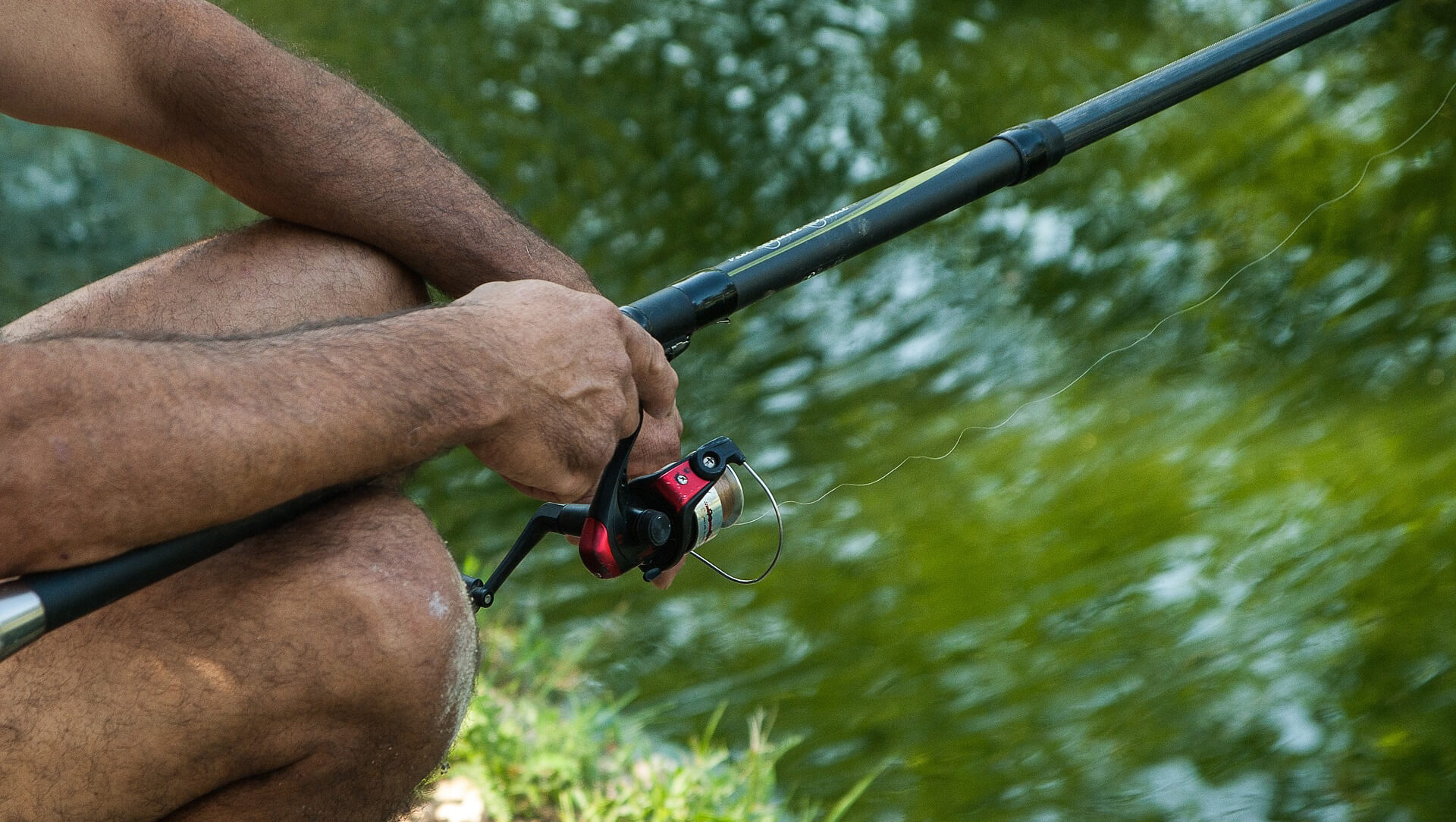
Nozzles and groundbait
Crucian carp is omnivorous and unpretentious, but with an abundant food base (and in the thickets it cannot be otherwise) it becomes finicky. In principle, this fish most of all gravitates to food of animal origin , so in most cases the use of live baits, in particular, worms and all kinds of larvae (bloodworms, maggots, bark beetles, caddis flies, and so on), is especially effective.
However, the warmer the water, the more the crucian wants something vegetarian. In this case, it makes sense to offer him boiled barley , dough, steamed cereal grains, pasta and even pieces of seaweed. It is wise to equip one hook with vegetable bait and the other with animal bait.
There can be no consensus about the aromatization of the nozzle. Adding unrefined vegetable oil will definitely not spoil the nozzle. Other attractants of natural and artificial origin should be treated very carefully. In theory, crucian carp loves anise, vanilla, cinnamon and even garlic, but excessive flavoring can scare fish away.
When preparing groundbait, water and soil from a local reservoir should be used. As a basis, you can use fish feed, makuha, crackers, any porridge. It is imperative to include a small amount of the main nozzle in the feed mass.
It is recommended to make the bait balls not too dense: there is no current in the thickets, destruction is slow. For primary feeding , 4-5 fist-sized balls are enough. When fishing for crucian carp in reeds, primary food is usually sufficient: the flow of water in the thickets is minimal, the bait does not spread throughout the reservoir. If you really want to, you can toss a few balls of walnuts at intervals of an hour. The main thing is to feed the fish in moderation!
Site selection and preparation
It is clear that fishing will be carried out in aggravated conditions and will require patience and skill from the angler. If you are lucky, in the coastal thickets you will find a ready-made clearing with a depth of 0.5-1 m. In this case, it is enough to carry out the primary feeding – and in 10-15 minutes you can start fishing directly.
If there is no such luck, you will have to create fishing happiness with your own hands. We put on high bog boots, go into the thickets and make a window ourselves, pulling sedge and reeds out of the silt. Using a shovel will make this work easier. Do not forget about the path from the shore to the window: it is necessary for the efficient and safest playing of fish. Here it is advisable to uproot aquatic vegetation, but not necessary, therefore, you can use a knife.
Unfortunately, fishing will have to be postponed for some time: when organizing the space, you will create a lot of noise that will scare off the crucian carp from the fishing place. Immediately feed the window area and do other things for a couple of hours, but the fishing rods can be thrown right away: there were cases that the first bite followed after half an hour from the moment the place was cleared.
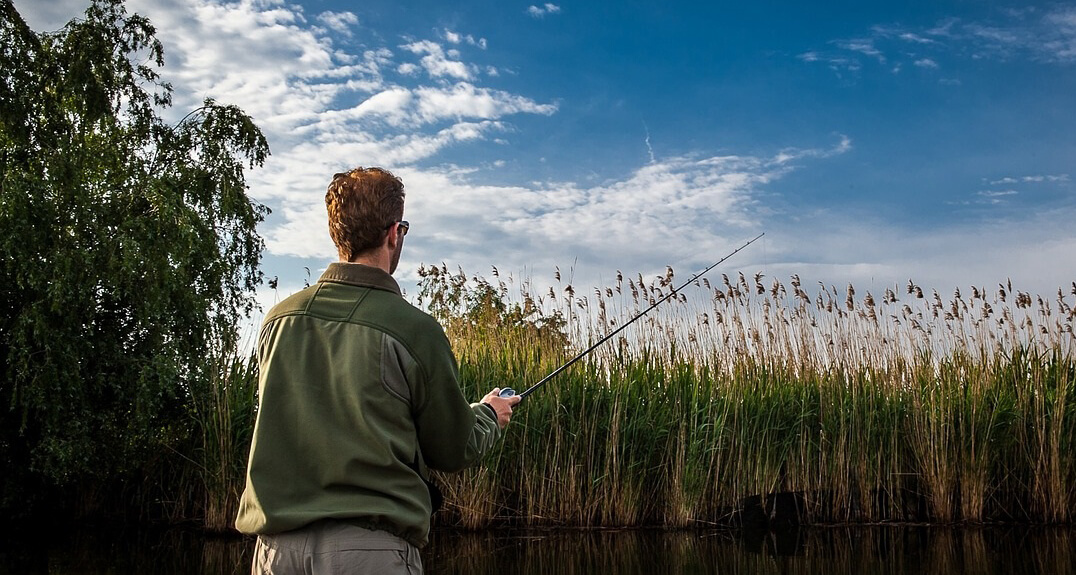
Features of the fishing process
The tackle is adjusted in such a way that the float is upright, and the bait is located 5-10 centimeters from the bottom (it can be higher). If you put the nozzle on the bottom, the probability of snagging will increase many times over. Do not forget to periodically check the bait for the presence and “marketability” of the species: a trifle can chew pretty much, or even completely rip the delicacy off the hook.
The bite of the crucian carp is good: strong and discernible even with an inexperienced eye. As a rule, large fish immediately take the bait, without exchanging for its leisurely tasting. The float is submerged, sinks completely, abruptly goes to the side, less often – is laid out on the surface of the water.
The sweep must follow immediately, otherwise the crucian will go into the thickets along with the rig. Strike it immediately, but gently, without a sharp jerk. When playing, lead the fish along the most straight path, preventing it from scouring to the sides. If possible, it is good to lay the fish on its side and slightly raise its head above the water: the crucian carp that swallows air resists much less actively. When bringing prey to the shore or boat, you can, and sometimes you need to use a landing net.
Catching crucian carp from a boat
The use of a boat significantly expands the capabilities of the angler. He has at his disposal not only coastal thickets, but also islands of vegetation far from the coast, where there are often interesting windows. In addition, it becomes possible to approach the thickets from the side of open water.
Another advantage of fishing from a boat is that there is no need for a long rod: you can successfully use a one and a half to two meter stick. The risk of catching when casting is significantly reduced, and playing fish is made easier. In addition, you can simply swim up to the point of the hook, pull out the stem with tangled equipment without any problems and untangle it comfortably on board.
The only caveat in this case is the need for the most silent movement, therefore, even if there is a motor, it is strongly discouraged to use it near the place of fishing. And the oars should be used as quietly as possible.
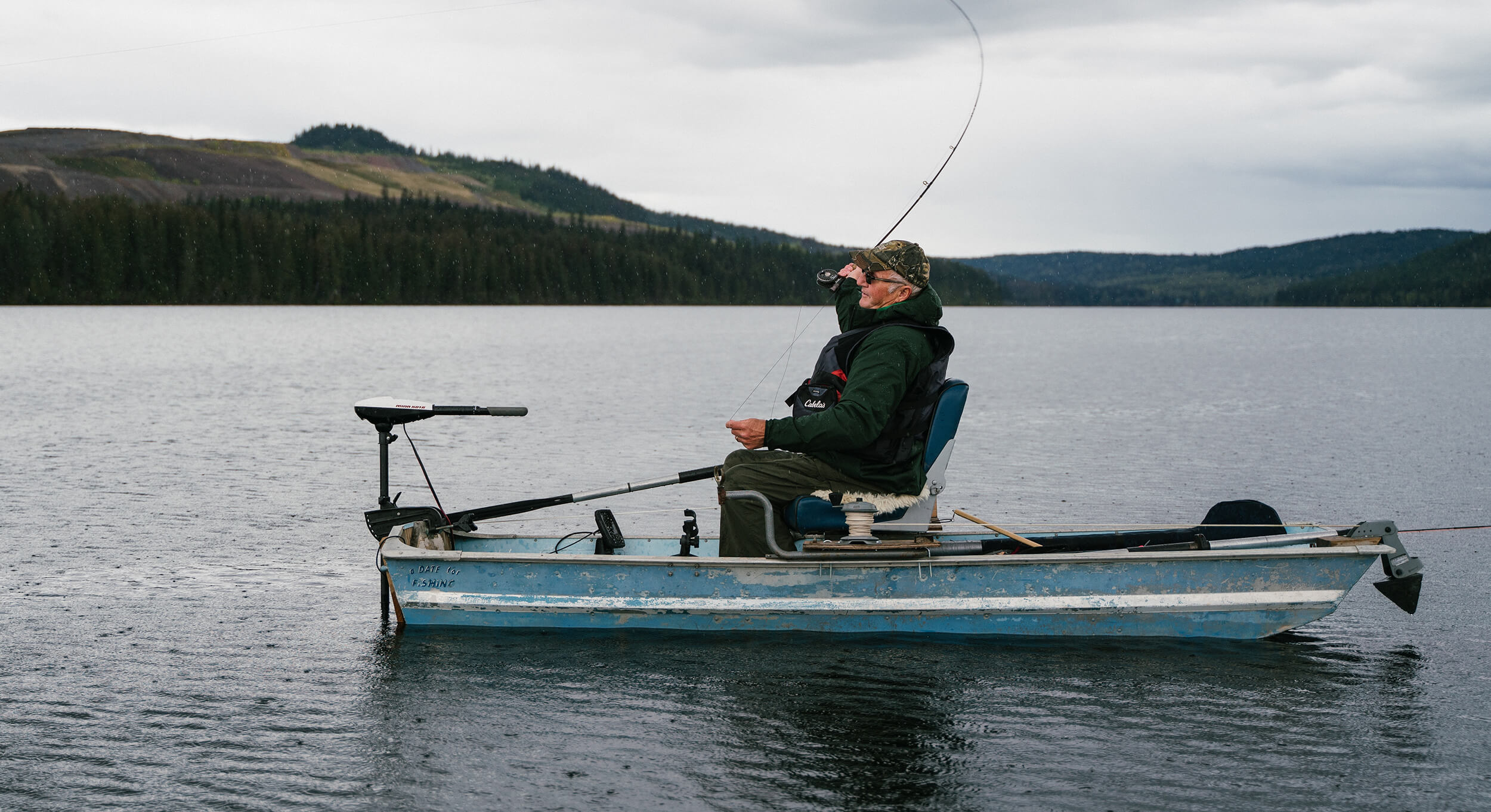
Fishing tips
As a “dessert” for the main article, let me offer you some practical advice from experienced anglers:
- Take some baits with you . Effective fishing is unthinkable without experimentation, including with bait: in the absence of a bite, offer carp various “dishes”. You can equip one hook with a kind of sandwich, for example, from maggot and pasta, or you can spread different types of attachments on separate leashes.
- Don’t waste your time . If you have organized a window in the thickets on your own, it makes sense during a forced pause to step aside a little and try to catch behind the line of vegetation. Smaller individuals usually live there, but do not waste time without pleasure!
- Don’t forget to include spare parts for your rig . Even with tremendous experience, when fishing in the reeds, crucian carp often leave, taking with them a leash, or even part of the fishing line with a float. Even more often the rig suffers from hooks caused by the angler. Have in your arsenal a large stock of leashes and other accessories!
- Observe silence . Crucian carp is very shy, and if it breaks through the thickets, it will go away from a dangerous place. Even a relatively quiet conversation can frighten him off.
- Take fishing gloves . When organizing a window with your own hands, it is easy to get hurt on sharp leaves. Take care of your own safety, equip yourself with gloves!
Catching crucian carp from coastal thickets of reeds is a rather laborious task, but if you want to please yourself and loved ones with enviable trophies, you should not be afraid of difficulties. Moreover, if you follow our recommendations, they are quite surmountable!

